Golden opportunities
With a penchant for finding gold in cold places, Vancouver-based Elgin Mining Inc. is also reaching into warmer climes as it banks on a sustained gold market to springboard growth across two continents.
Regardless of the outside temperature, Elgin’s strategy is anchored in a conservative, risk-averse approach seeking out advanced projects with strong upside promise in safe, stable countries.
Backed by steady cash flow and improving cost-per-tonne results at its flagship (and sole producer) Bjorkdal Gold Mine in central Sweden, Elgin is aggressively pursuing a restart of the mothballed Lupin mine in Canada’s western Nunavut Territory. It has also taken over the nearby Ulu prospect.
And with interests in smaller joint venture gold projects in historic mining districts in California, Arizona and Mexico, past results and good infrastructure could help accelerate the path to production
“The company is on its way to becoming a larger, more diversified, international gold mining company in mine-friendly jurisdictions,” said President and CEO Patrick Downey in a comment released with Elgin’s year-end report in March 2012. “Elgin is well-positioned to meet its stated business objectives in the current strong gold price environment.”
Rapid Evolution
Elgin’s rapid corporate creation stems from Kentucky-based Phoenix Coal, lead by veteran mine builder Bob Buchan (a director and founding chairman of Elgin) which decided to divest its coal holdings and established Elgin in June 2011 to pursue the gold market.
At the same time, Buchan lured the Irish-born engineer Patrick Downey, and his 25 years of international experience including Aura Minerals Inc., Viceroy Exploration Ltd., and Anglo American Corporation.
In their hunt for prime low-risk properties, the Bjorkdal open cut project, a modest producer since 1988 under various owners, fit their strategic target. In a reverse take-over finalized in May 2012, it acquired all the shares of Gold-Ore Resources Inc., Bjorkdal’s owner since 2008.
Downey said Bjorkdal offered plenty of strategic advantages that fit their corporate recipe: good upside in a politically stable host country “with a great tax regime, a lot of mining history and a good workforce. So from our point of view, it was a simple step-out into the same jurisdiction that gave us the production cash flow, and a second arm of growth with exploration potential.”
“Our growth is based on low risk,” says Downey, avoiding not only political worries but projects that would be heavily capital intensive or may take years to permit.
New Mining Methods Hike Bjorkdal Grades
Bjorkdal, 750 km north of Stockholm, is just one of some 28 deposits that have been mined in Sweden’s prolific Skelleftea VHMS district. When Gold-Ore bought the mine from Minmet in 2007 it was a fully staffed open-pit operation, but was producing only from stockpiled ore and had seen little exploration.
Glen Dickson, Gold-Ore’s chairman and CEO at the time, saw promise in the geology and a ready opportunity to maximize the site’s power grid, paved roads, permits and process plant. New underground exploration revealed a main ore body open at depth in several directions prompting investment to go underground.
Today, Bjorkdal’s 80-strong local workforce mines and mills 60 per cent of its tonnage from underground, and 40 per cent from surface, producing 42,000 ounces of gold concentrate
Bjorkdal’s ore hosts gold exclusively in quartz veins readily free-milled in its 3,700 tpd process plant. But excess dilution has always challenged the mine’s head grade, as the shallow veins run narrow and
steeply vertical. It has recently overhauled its methodology, employing cable-stope mining and precision long-hole stoping, to almost surgically extract the gold-rich ore, reducing dilution and improving grades by as much as 40 per cent.
Elgin changed underground contractors and is spending $8 million for new stoping equipment in the transition. It is targeting two g/t and between 50,000 and 55,000 ounces a year.
Sweden holds other attractions for Elgin: base metals. It has claims in the nearby Norrliden deposit, a near-surface massive sulphide mineralization hosting copper, zinc, lead, gold and silver, and in southern Sweden, options to purchase a 100 per cent interest in 29km2 in the Bergslagen base metal mining district.
Accelerated Canadian Programs at Lupin and Ulu
Elgin is now marshalling its resources on northern Canada, adding to Nunavut’s growing list of potential new mines.
The Lupin underground mine, 420 km north of Yellowknife, was opened by Echo Bay Mines Ltd. in 1981 and yielded 3.3 million ounces over the next two decades. Mothballed in 2004 by successive owner Kinross Gold due to low prices and a depleting reserve, then sold to China MMG, it’s been kept in care and maintenance and was acquired by Elgin in 2011.
Its bright red buildings house a 250 person camp and a 2,300 tonne per day operation that’s basically ready to flip the switch; the Tibbitt to Contwoyto winter road from Yellowknife can be re-opened to bring in bulk supplies and fuel, while the 3,000-foot airstrip, jet and Hercules ready, provides the air support.
Its Inferred Mineral resource for a base case scenario is estimated at 403,600 ounces of gold. Elgin has invested in airborne geophysics surveys over the entire property during the summer of 2012, and surface core drilling underway since November of 2011. Elgin can also earn a 60 percent interest in North Arrow Minerals Inc.’s Contwoyto gold project adjacent to Lupin. The goal is to define a gold resource of a size sufficient to support a re-start of operations at 1,000 tpd.
The nearby Ulu gold discovery, 155 km north of Lupin, is an advanced exploration property found by BHP Minerals Ltd in 1989. Its near-surface (300m) resource has had extensive exploration including 135,713m of core drilling and 1.7km of underground development. The Flood zone (the most explored of four known targets) contains an indicated resource of 751,000 tonnes grading 11.37 g/t and an inferred resource of 418,000 tonnes grading 10.61 g/t according to a 2011 resource estimate.
The report also suggests Ulu’s ore could be trucked to Lupin for processing (1000 tonnes per day) yielding a cash cost of $1250 per ounce. But Elgin hopes to prove that Ulu could be a stand-alone operation supporting its own process plant.
The social, environmental and operating challenges of development in Nunavut have curtailed recent large scale projects, such as Newmont’s Hope Bay gold and Uravan’s Garry Lake uranium exploration plans. How is Elgin dealing with these demands?
Acknowledging Inuit ownership and control of the land, Downey says there has to be an understanding on both sides of the risks and potential for reward that can come from mining.
“Mining is very risky venture, and it’s hugely more risky, multiple times more risky up there. The time-value of money is crucial, so I think the organizations up there must understand that… I think there is a gap there that has to be filled and understood by both parties.”
US and Mexico Prospects
Since 2010, Elgin/Gold-Ore’s hunt has found three projects in southwestern US and Mexico, keeping to its strategy of delving only in
prime and highly promising deposits. “We will try to focus on Canada, the US and certain European countries, particularly in Scandinavia. We will go to Mexico if we feel the project is warranted, and security is not an issue.”
Two of the projects are with Lincoln Mining Corporation of Vancouver, in which Elgin can earn a 60 per cent interest each by funding $10 million in exploration over four years up to 2013: (Ed Note: As of November 2012, Elgin and Lincoln were in dispute over compliance with the option agreement.)
The now-idle Oro Cruz gold mine in California, and 151 lode claims, make for a pre-development stage gold project in the Cargo Muchacho Mountains. It produced 61,000 ounces over 1995/96 before prices sank and it closed. Historic mining dates back to the 1890s since its discovery by Spaniards in the late 1700s.
The La Bufa, Mexico find is a mid-stage gold-silver exploration project in southwestern Chihuahua State, Mexico. Drill results have revealed grades of up to 10.7 grams per tonne, and up to 516 gpt silver from a 2010 drill program. More drilling was conducted in 2011 to test extensions on four concessions covering 5,700 acres. The district has historic production of two million ounces of gold and 28 million ounces of silver.
The third project, the Mexican Hat deposit east of Tucson, Arizona, is an early-stage exploration play on ground held by Auracle Resources Ltd. of Vancouver. Trenching and drilling in the 1990s suggest a lower-grade deposit of 50 million tonnes. Elgin holds a 33.5 per cent interest in Auracle.
The Canadian Advantage
Does wearing a Maple Leaf give Elgin any advantage in delving offshore?
“It doesn’t matter what you are – you must have a certain level of integrity. Mining is disruptive. But, it’s a great business, it brings in infrastructure and if done correctly, it’s a very sustainable business. You’ve got to go in with the right people and the right attitude” with safety and environmental compliance at the fore.
“In general terms, Canadian mining companies have a great reputation outside of Canada. It’s been a door-opener being a Canadian company,” says Downey, adding that Toronto remains the best source of mining capital in the world where the investors and banks understand the risks and the business.
“So the capability of moving fast, of getting financing, of getting things moving – being Canadian is a huge advantage.”
Downey says Elgin’s strong cash flow situation, its seasoned board of directors, and risk-averse strategy are attractive in today’s investment climate.
“We’re a new and young company, we’ve achieved a lot in a year, and expect to achieve a lot in the 12-18 months.”
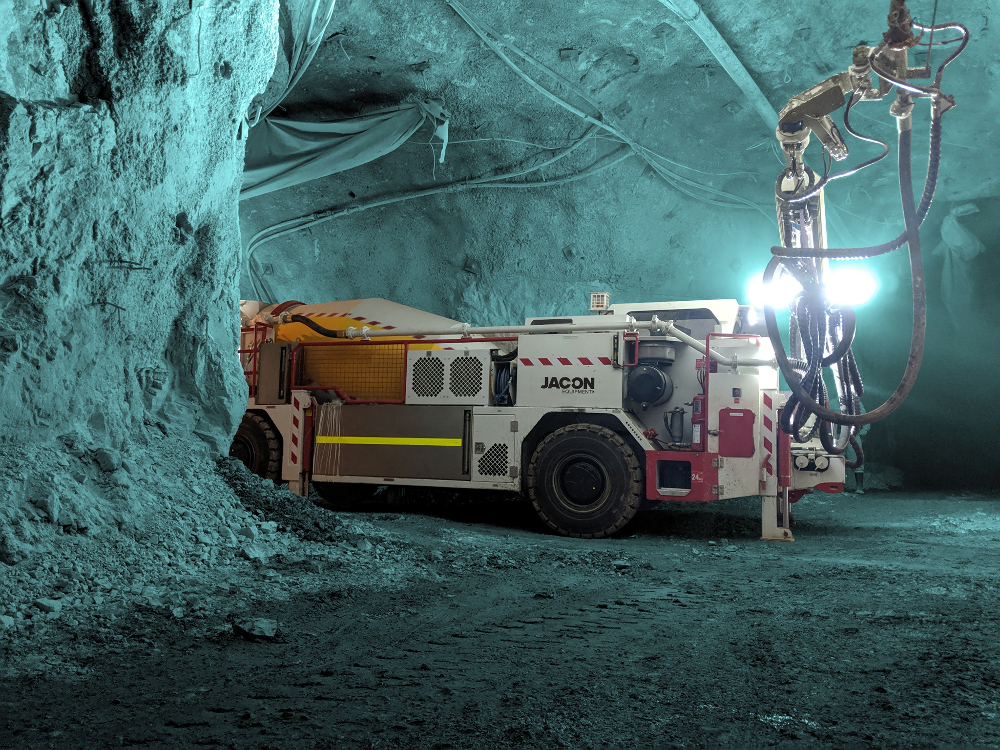
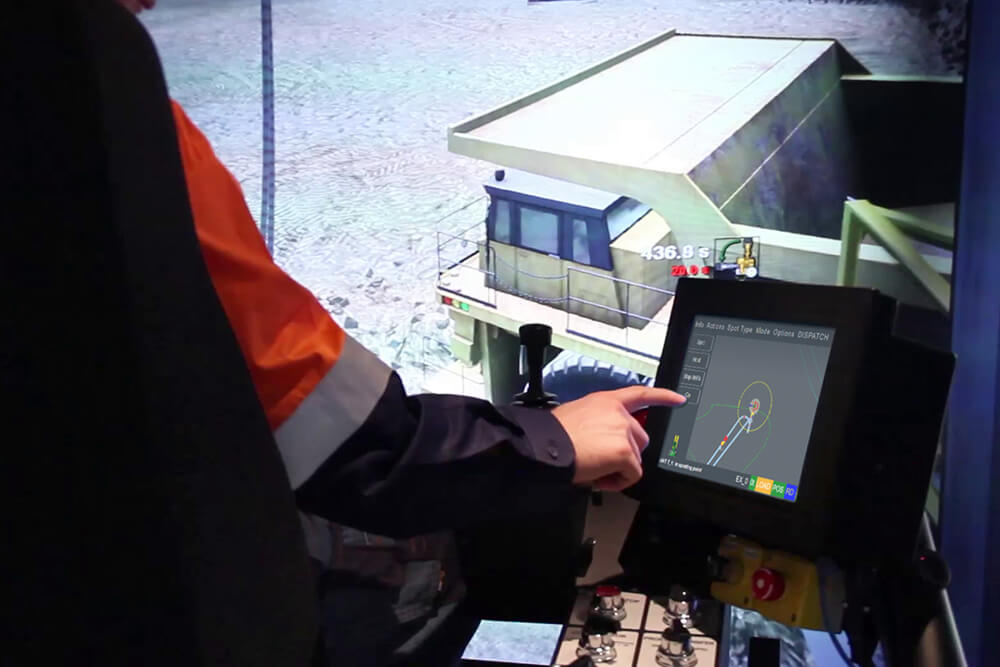
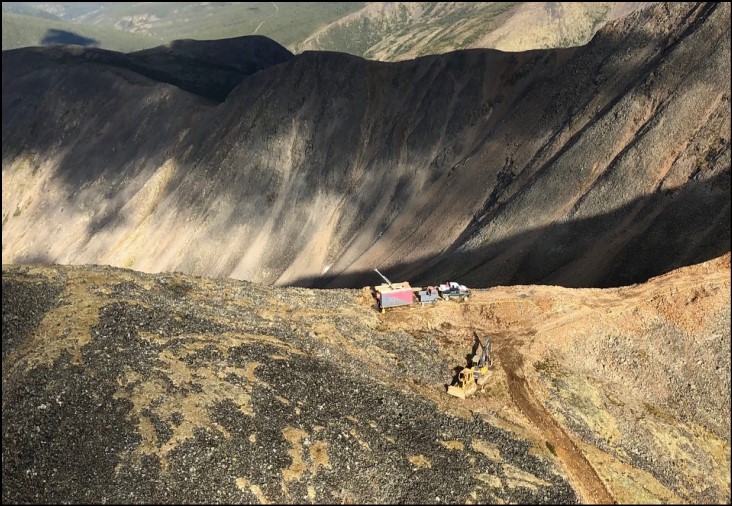
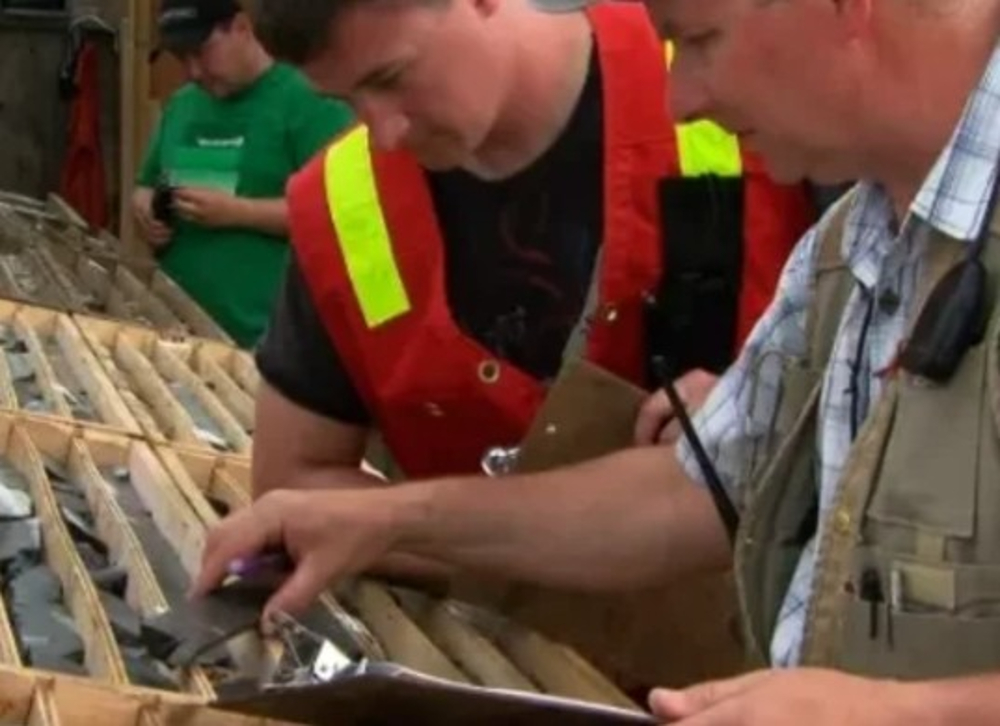
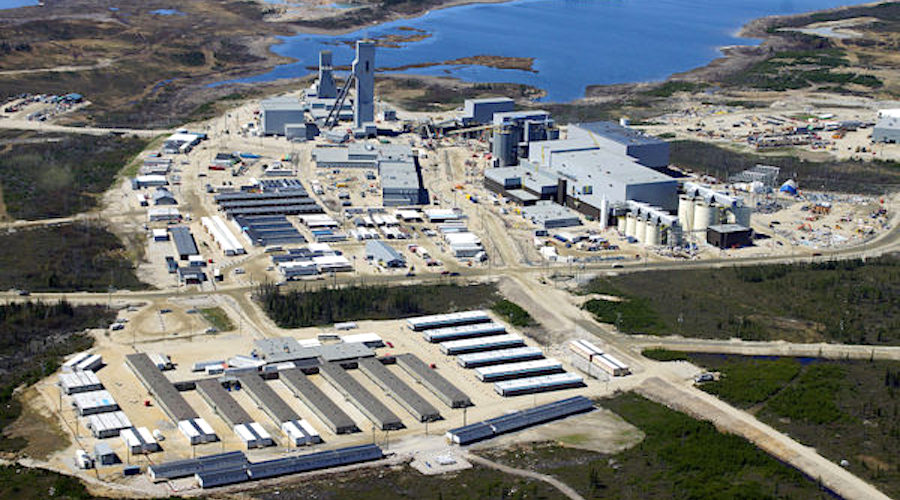
Comments